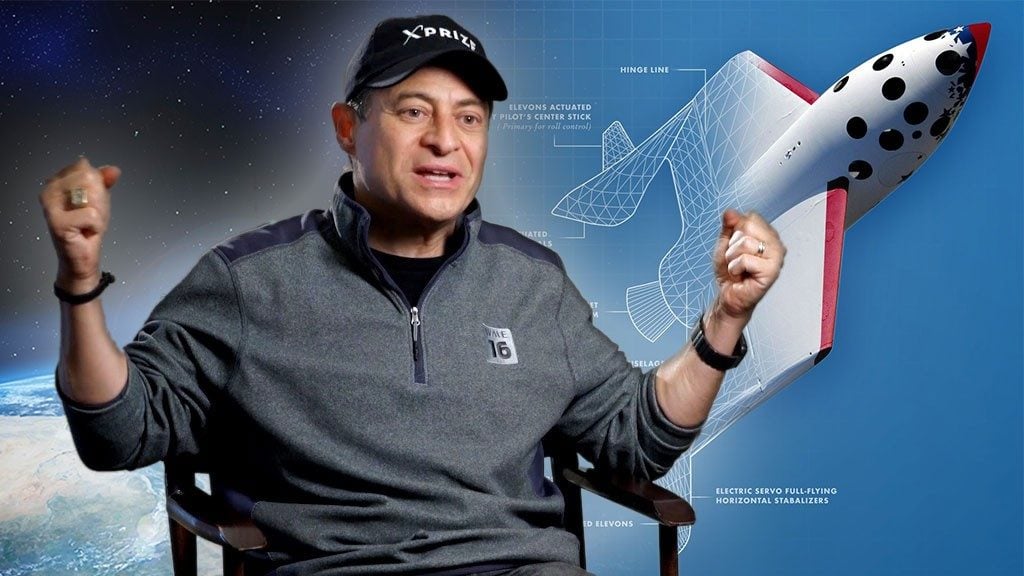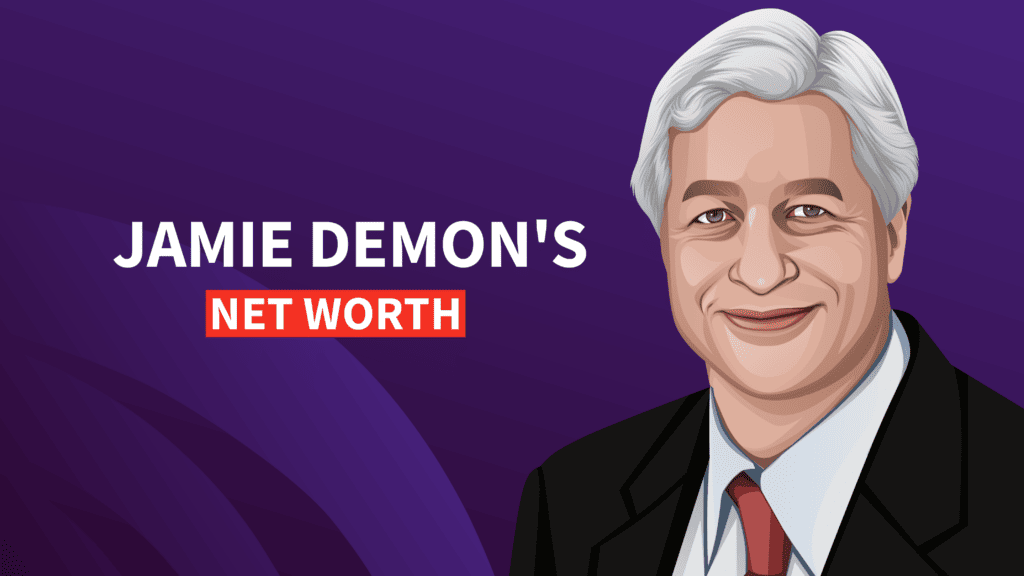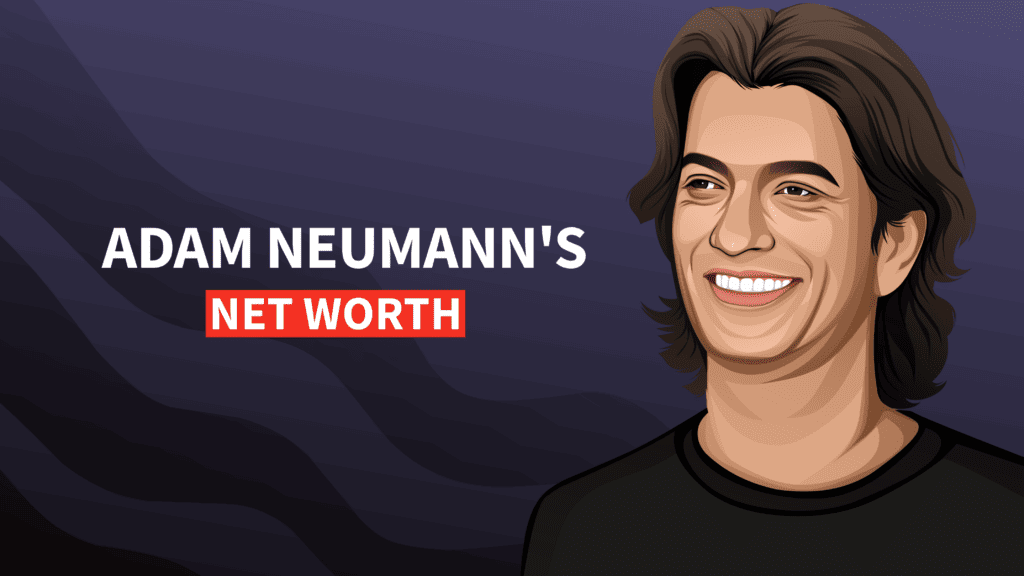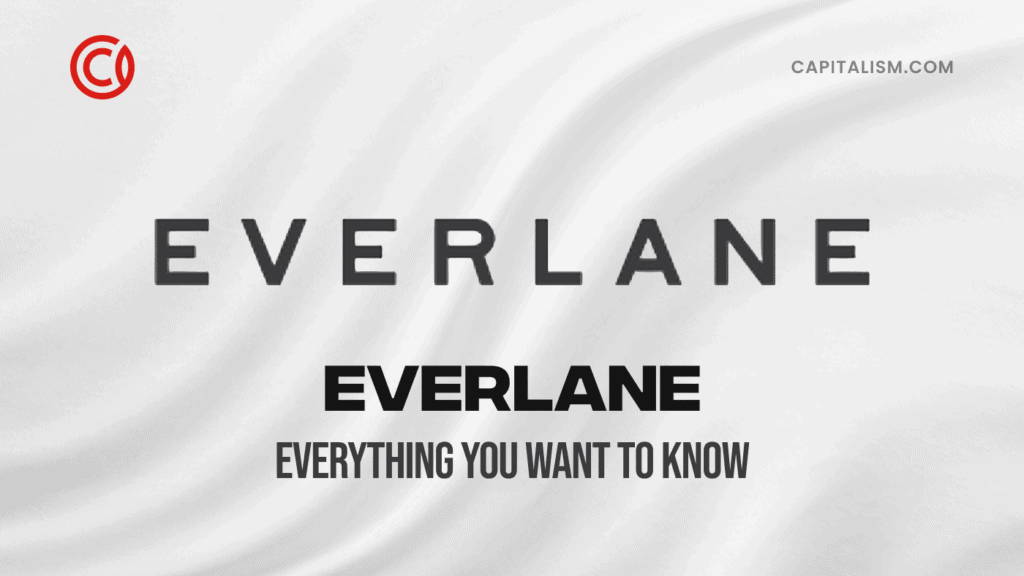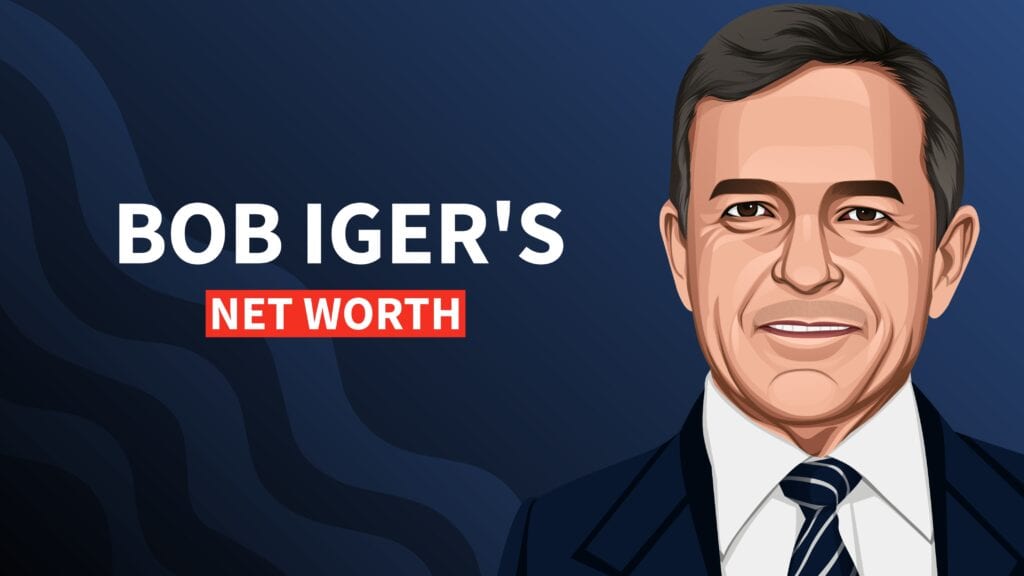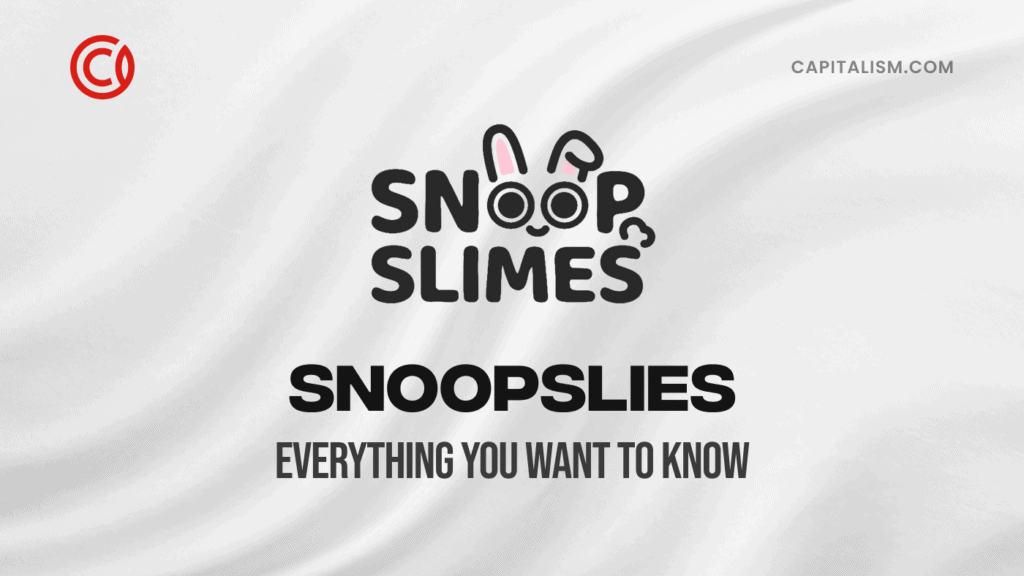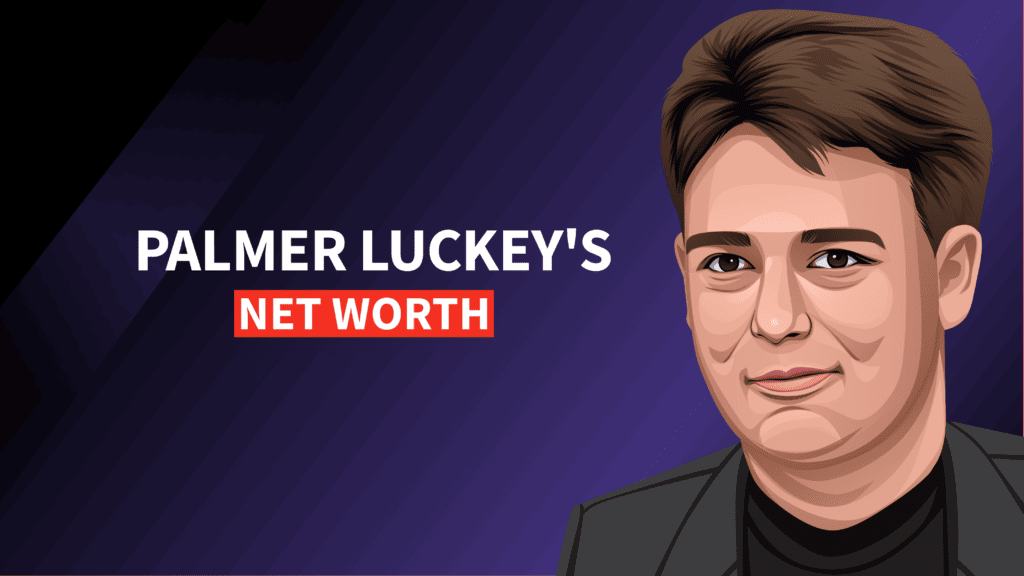The Net Worth Of The Man Who Will Take You To The Moon: $200 Million
Between multiple business, books, and endeavors, Peter Diamandis has amassed a $200 Million net worth, while still furthering humanity's ambitions toward space travel. All great entrepreneurs are optimists. The best of which are also audacious. But even the greatest ones fail to match the optimism and audacity of Dr. Peter Diamandis. On the spectrum of a glass half empty or half full, Diamandis’ cup runneth over. On the audacity scale, he stated in a TED talk that his mission in life, which he has had since he was a child, is to take EVERYONE into space.
While his name may not have the cult status of other private enterprise spacemen such as Elon Musk or Richard Branson, both consider Diamandis a respected peer. Diamandis is a man of many talents; he is a best-selling author, founder of the incentive prize organization XPRIZE, and had the privilege of taking Dr. Stephen Hawking (yes, arguably the world’s most brilliant man) on a zero gravity flight via one of his space focused companies. He has started over 20 companies, founded a $250M venture fund and was voted one the world’s top 50 leaders by Fortune.
His audacity is contagious and a trait he tries to instill in the students of Singularity University in Silicon Valley which he also founded. Singularity is a school that encourages its students to utilize emerging technologies to start a company, provide a service or product that will reach and change the lives of 1 BILLION people in ten years.
While he is a polymath of accomplishments, he is BEST known for his fascination with private individual space travel (i.e. now boarding nonstop space shuttle flight 3000 to the moon) and the role incentive prizes play in solving major challenges of our era.
Here’s a look at Diamandis path to success, his basis for his unflinching optimism and why capitalism’s core tenant of competition will save the world.
Early Life, Education, and Fascination with Space
Diamandis grew up on Long Island to Greek immigrant parents. His father was a physician who encouraged his son to follow in his footsteps and take over his practice one day. Young Diamandis was a dutiful son who did eventually graduate from Harvard Medical School (after completing two degrees at MIT) but his fascination with the heavens was always present.
NASA’s Apollo 11 landed on the Moon in 1969 when Diamandis was in elementary school. His ambition was stoked and his mind was fixed on the stars thereafter. As he grew older Diamandis embraced his passion.
Young Diamandis:
- Won First Prize in a rocket design competition at age 12
- Started Students for the Exploration and Development of Space at MIT
- Co-founded the Space Generation Foundation while attending Harvard Medical School
- Took a sabbatical from Harvard Med to get a masters in Aeronautics and Astronautics
- Became Managing Director of International Space University his last year at Harvard
The TAO of Diamandis
Diamandis is a capitalist at his core. He is audacious, daring, and perhaps most important contrarian. Most entrepreneurs have to go against the grain, find the gap in the market and fill it. Apple, Tesla, Uber would never be household names if their founders fell in line with the status quo. Diamandis understood What Capitalism Is and why it suited his human passion and purpose.
Optimism is a core tenant of Diamandis worldview and that of capitalism in general. In a TED talk, he shows several nightly news clips from the previous 6 months all highlighting, war, famine, death, and mayhem. After spending a night watching the evening news some may wonder if the sun can even rise in such a world. It can, it does and it will continue to do so.
Negativity is easy. Watch the news, regurgitate the negative facts, highlight what is wrong in the world and everyone starts to believe that the world will be a worse place for the next generation. If everyone believes it, by definition it is the status quo.
Diamandis thinks the opposite. People fail to realize that the world has improved, and due to advances in technology will continue to do so. In a TED talk on his New York Times Best Selling Book Abundance: The Future Is Better Than You Think, Diamandis highlights the following:
Over the last 100 years –
- Average life expectancy is up 2x
- Average Global Per Capita Income is up 3x
- Childhood mortality is down 10x
- Cost of food is down 10x
- Cost of Electricity is down 20x
- Cost of Transportation down 100x
- Cost of Communications is down 1000x
This is capitalism at its finest. Enterprising individuals find a gap, fill it and then most importantly COMPETE to retain a dominant market position. Competition spurs innovation, lowers cost and further ensures that only the best products and services remain. This benefits everyone. The risk takers who filled the gap benefit and perhaps, more importantly, those who buy their services or products all benefit from their innovation. Knowing How To Be a Leader is a core component of this.
Here’s an example. An aluminum can is hardly considered a precious metal these days. At best it is a scrap metal. In fact, after you use it you most likely throw it away or at best recycle it. It’s easy to see why it is the world’s most abundant metal. However, if you were to take your aluminum can back to the mid-1800s you would find that it was 2x more valuable than the equivalent weight of gold. Innovative processes of taking bauxite and turning it into aluminum have eroded its price and made it a ubiquitous throw away metal. In today’s world, it would take nearly 1500 POUND of aluminum to equal the price of 1 OUNCE of gold.
Diamandis reminds us that all one has to do to find hope for the next 100 years is to look back at the last 100. It is his firm belief, that he argues in Abundance, that accelerating disruptions in technology will help to engineer the capacity to meet ALL basic human needs. Technological innovation will raise the standard of living for everyone in the future as it has already done for everyone in the past.
His second book, BOLD: How to Go Big, Create Wealth and Impact the World, is a call to arms. He laid the groundwork for how technology benefits the masses; in BOLD, he calls on risk takers all over the world to be change makers. He argues the best way to become a billionaire is to solve a billion-person problem.
This was the impetus for his founding of Singularity University. In Silicon Valley. Singularity University is meant to be a laboratory where emerging technologies can fill the gaps in humanities greatest needs. Diamandis’s other method for filling those gaps is Competitive Prizes.
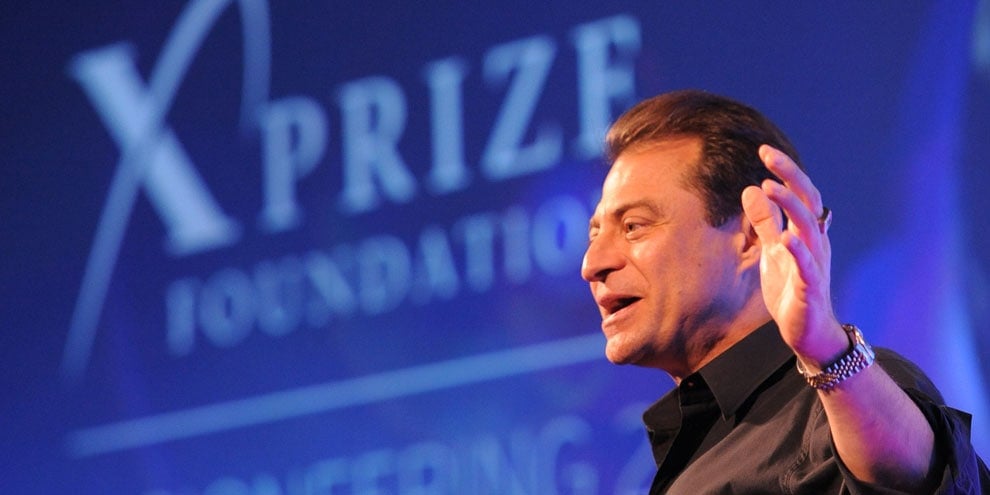
XPRIZE
XPRIZE was born from the need to incentivize exploration. Diamandis highlights three reasons that lead people to explore new frontiers and push boundaries:
- Curiosity (the weakest of the 3)
- Fear (Think NASA and Star Wars Arms Race)
- Wealth (the most powerful drive in the world)
While most think of the great expeditions in history as driven by a sense of adventure, most were driven by economic necessity, desire for trade dominance and wealth accumulation.
Consider:
- Navigating with latitude AND longitude was solved with a prize to a British clockmaker
- The Lewis and Clark Expedition was funded on the basis of finding new trade routes
- Napoleon offered a prize to Nicolas Appert preserve food which resulted in modern canning
Diamandis was inspired by Charles Lindbergh and the little-known prize he was competing to win. In 1927, crossing the Atlantic via an airplane was a race of guts and engineering. Multiple teams, Lindbergh among them were attempting to fly 3,600 miles across the Atlantic to win a $25,000 prize.
While many remember Lindbergh and his aircraft, the Spirit of St. Louis, few know that Raymond Orteig, a wealthy New York hotel owner offered the prize. Lindbergh would become famous; Orteig would be largely forgotten. Yet Lindbergh would not be the hero he is today without Orteig’s prize acting as the catalyst.
Diamandis is a modern Orteig and is a catalyst behind the monumental change. He uses his net worth to further humanity.
Prizes have been an incentive for risk takers to push the boundaries for years. The difference with XPRIZE and other incentive prizes as compared to the Nobel or Pulitzer prize is the intention. The Pulitzer and the Nobel are recognition prizes. The winners are recognized for their contribution to arts, science, journalism, etc. Those who are nominated are doing work independent of one another.
A competitive prize, in most cases, is a competition. The members participating are engaging in a zero-sum game in which only one winner (or team) will be selected. There are no points and no recognition for second place. It is a win or lose endeavor. In the case of Lindbergh, it was a life and death endeavor.
XPRIZE seeks to provide an incentive to high performing risk takers to use technology to solve major problems of our generation. That incentive Diamandis hopes solves an age-old drawback of changing the status quo: Staying Motivated While Starting A Business.
Some of XPRIZES past endeavors include:
- $10 million in the race for affordable space travel
- $10 million to develop technologies to diagnose 13 medical conditions without a physician
- $10 million to the first team that sequenced 100 whole human genomes enabling better medical diagnosis and treatment
- $2 million to the team that proved private industry can build, launch, fly, hover and land lunar spacecraft at a fraction of the cost the government can
Future funding includes:
- $10 million for a team who can develop an Avatar System that will transport a human’s senses, action and presence to a remote location real time
- $20 million to develop breakthrough technologies that will convert CO2 emissions into valuable products like building materials, alternative fuels and other items
- $15 million Global Learning Prize will develop an open source, scalable software that empowers children to teach themselves basic reading, writing and arithmetic in 15 months
With the prizes already awarded and with the prizes in the pipeline, it’s no wonder why Diamandis remains optimistic. He has incentivized the greatest minds to do the greatest work for the greatest number of people: EVERYONE. He is a modern catalyst for the advancement of mankind.
